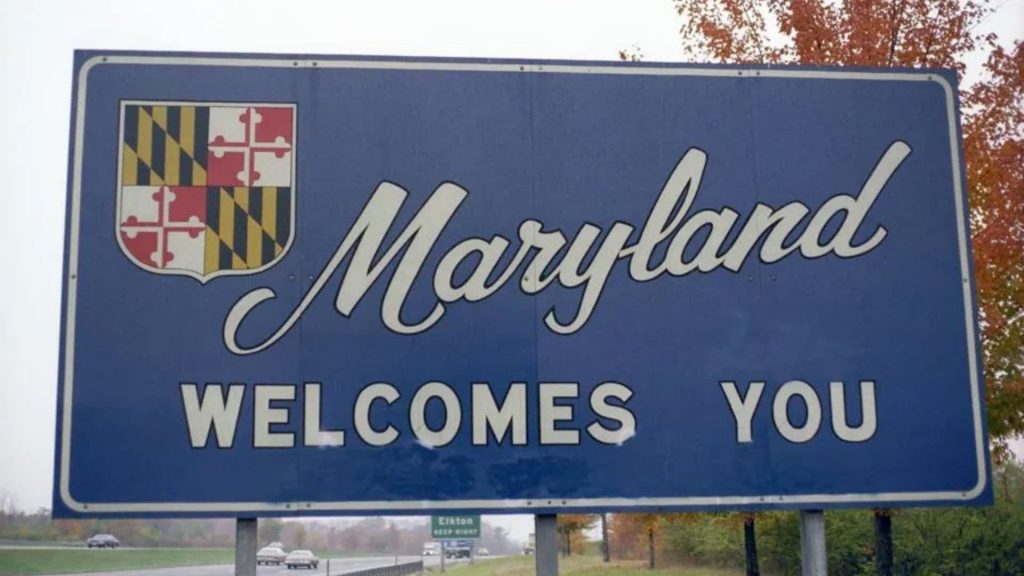
The story of the Maryland Digital Advertising Tax History is one that blends modern digital policy trends, state-level economic strategies, and the fast-paced evolution of online marketing. Introduced in 2021, Maryland became the first U.S. state to impose a tax specifically targeting digital advertising revenues generated by large technology companies, such as Google, Facebook, and Amazon. The aim was to capture revenue from online ad spending that had long escaped traditional tax structures, particularly as more businesses shifted their marketing from newspapers, television, and radio to digital platforms. This move immediately thrust Maryland into national attention, sparking both praise from those supporting greater tech accountability and criticism from businesses worried about increased costs, legal uncertainties, and unintended consequences for smaller advertisers. Understanding the Maryland digital advertising tax history is important because it represents a significant turning point in how states consider regulating and taxing digital economies.
Origins Of The Digital Advertising Tax
The Maryland General Assembly passed the digital ad tax bill in 2021, overriding Governor Larry Hogan’s veto. Legislators argued the policy was necessary to ensure tech giants contributed fairly to state revenue, especially since the COVID-19 pandemic had accelerated the shift toward digital advertising and created budget shortfalls. The tax targeted digital ad revenue earned by companies with global revenue exceeding $100 million, with rates ranging from 2.5% to 10%.

Legal Challenges And Industry Pushback
Almost immediately, tech companies and industry associations challenged the law in court. Opponents argued that the tax was unconstitutional under the Internet Tax Freedom Act, violated the Commerce Clause, and unfairly singled out digital platforms compared to traditional advertisers. lawsuits slowed the tax’s implementation, creating uncertainty for both lawmakers and marketing firms.
Amendments And Adjustments
Over the following years, Maryland attempted adjustments to soften the blow. For instance, lawmakers clarified that small and mid-sized businesses running ads on digital platforms were not directly taxed—only the platforms themselves. Still, concerns persisted that costs would eventually trickle down to advertisers in the form of higher rates and fees.
Broader Implications For Digital Marketing
The Maryland digital advertising tax history is often seen as a test case for other states considering similar legislation. Its introduction raised key questions: Should digital ads be taxed like traditional media ads? How can states collect fair revenue without discouraging businesses from advertising online? The Maryland law set off conversations across the country, with states like New York and Connecticut exploring similar measures but holding back after witnessing Maryland’s struggles.
Current Status And Future Outlook
As of now, the Maryland tax remains a subject of ongoing debate. While collection efforts have faced delays due to legal battles, the principle behind the tax continues to inspire policymakers interested in addressing the growing power of large digital platforms. Future adjustments could see more streamlined legislation or even federal-level consideration of digital ad taxation. Whether the tax will be upheld or reshaped entirely, it reflects a growing tension between tech growth, state revenue needs, and fair competition in the advertising industry.

Timeline Overview
- 2020: Proposal and debate begin amid pandemic budget gaps.
- 2021: First-in-the-nation digital ad tax enacted after veto override.
- 2021–2022: Lawsuits filed; guidance and implementation turbulence.
- 2023: Court rulings inject uncertainty; partial wins and appeals.
- 2024–2025: Ongoing litigation, compliance questions, and policy spillover to other states.
Key Milestones
- Early 2020 — Concept Floated
Lawmakers preview a tax on digital advertising revenue from large platforms, tying it to school funding and pandemic-era budget pressure. - February 2021 — Bill Passes, Veto Overridden
Maryland General Assembly overrides the governor’s veto, making it the first U.S. state to tax digital ad revenues of companies with high global receipts, using a tiered percentage. - March–June 2021 — Lawsuits Begin
Trade groups and tech firms sue, arguing the law violates federal protections (like internet tax neutrality), discriminates against digital commerce, and burdens interstate business. - Late 2021 — Initial Guidance Issued
State tax authorities release filing guidance and FAQs, but uncertainty persists around pass-through costs, sourcing rules, and definitions of “digital advertising services.” - 2022 — Implementation Delays and Clarifications
Administrative updates aim to clarify who pays (platforms, not advertisers) and how revenue is apportioned to Maryland audiences, while litigation timelines stretch. - March 2023 — Mixed Court Outcomes
A state court decision raises constitutional questions; subsequent appellate motions and federal-state venue issues keep enforcement unsettled. - 2024 — Compliance Caution
Some large platforms prepare contingent processes, while many advertisers negotiate contract clauses to address potential pass-through fees pending final outcomes. - 2025 — Policy Ripples
Other states analyze Maryland’s path but largely pause copycat bills; think tanks and industry groups push for a federal framework or alternative digital tax bases.
What To Visualize In The Infographic
- Horizontal timeline with year markers (2020–2025) and color-coded event types: Legislation, Litigation, Guidance, Market Impact.
- Icons: gavel (court), capitol (legislation), document (guidance), dollar sign (market).
- Small callouts for: “First-in-the-nation,” “Tiered tax rate,” “Pass-through risk,” “Apportionment by user location.”

Suggested Sections And Labels
- “The Spark” (2020): Pandemic budgets + ed funding goals.
- “The Leap” (2021): Veto override → law enacted.
- “The Pushback” (2021–2022): Lawsuits + guidance.
- “The Gray Zone” (2023–2024): Mixed rulings, cautious compliance.
- “The Ripple Effect” (2025): National watch-and-wait.
Data Points To Include
- Who’s taxed: Large platforms meeting high global revenue thresholds.
- What’s taxed: Digital advertising revenue apportioned to Maryland users.
- Rate style: Tiered percentage increasing with revenue band.
- Not directly taxed: Individual advertisers/small businesses; pass-through remains a contract risk.
Design Tips
- Use a bold accent color for legislation milestones so the “first-in-the-nation” moment pops.
- Keep legal steps in a separate lower track on the timeline to show parallel court activity.
- Add a top-right “Where It Stands” badge: “Litigation ongoing; enforcement scope evolving.”
FAQs
What Is The Maryland Digital Advertising Tax?
It’s the first state-level tax in the U.S. that targets revenue from digital advertising by large tech companies.
When Was The Tax Introduced?
The Maryland digital ad tax was passed in 2021 after legislators overrode the governor’s veto.
Who Does The Tax Affect?
It impacts large digital platforms like Google and Facebook, not small or mid-size local businesses directly.
Is The Tax Currently Being Collected?
Collection has been delayed due to ongoing legal challenges and constitutional concerns.